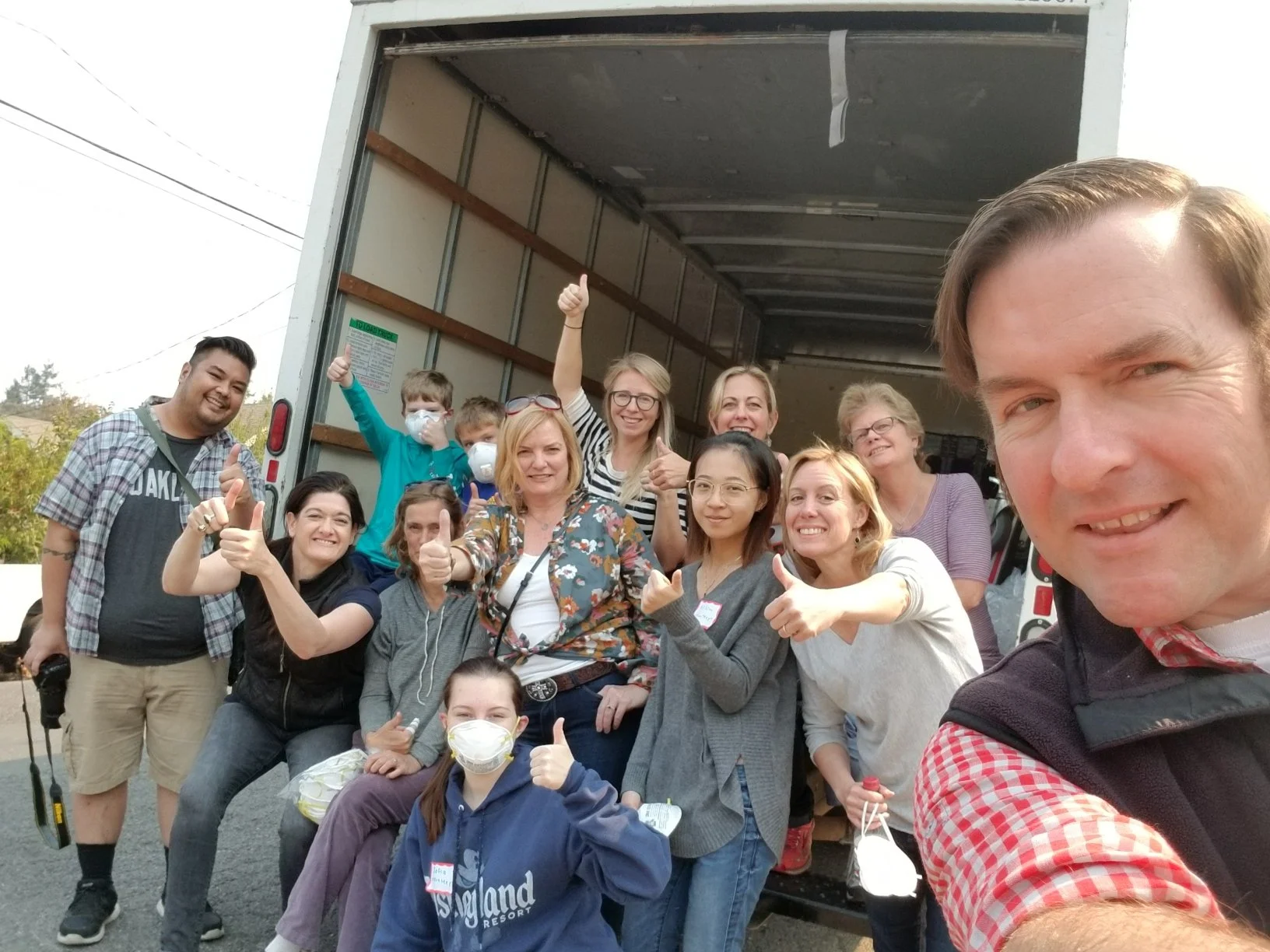KIMBERLY
My "must read" is from: NPR
Title: Home is Where the Art Is: The Unlikely Story of Folk Artist Maud Lewis
Author: Nina Gregory
Why is this a must read?: Whenever I travel for business, I always make sure to reserve a bit of time for exploring the many diverse regions of California where our clients live and work. Yes, we always love finding a great restaurant or local diner, but I always try to find time to explore flea markets, antique shops, thrift stores...you never know. One time, four years ago, while on business in Lodi, CA I came upon a motherlode of folk art in a gallery that was closing down due to the owner's illness. He had been a 30-year collector of folk art from all around the country and many of the artists featured in his collection have works hung in the Smithsonian, American Craft Museum, the High Museum of Art among other great venues. I was able to have a personal tour and recounting of many of the works he had collected and he also shared some great advice with me that I've kept close to my heart ever since. He said that in the relationship between artist and gallery owner, it is always important that both come to the party with good intent. The artist should really focus on art for its own sake and hope for success but not be completely driven by monetary gain, and for the gallery owner should share the artist's talent with a wider audience but not for exploitative means. He had the collection auctioned off several months later and I made some of my first major art purchases from him. I'm a big fan and supporter of folk art given that it is a true and direct expression of a gift without many constraints or requirements in order to share that talent. Hearing of Maud Lewis' story gave me inspiration for continuing to seek out great work as well as to encourage the artist within all of us to create without fear or reservation!
ALEX
My "must read" is: Forbes
Title: The One Shift In Thinking About Wine That Could Help Professionals Everywhere
Author: Cathy Huyghe
Why is this a must read?: Balance has been a trending topic in wine - not in the way it applies to fermented juice, but in its work/life application. Forbes's Cathy Huyghe recalls a recent conversation she had with Isabel Guilisasti of Concha y Toro about how often wine professionals confuse 'drinking wine with conducting the business of wine.' The piece and ensuing interview with Guilisasti is fairly straightforward, but serves as a helpful reminder that although this industry often overlaps with convivial social experiences, it's important to set boundaries so as to avoid blurring the line where work and leisure begin and end.
GREER
My "must read" is from: The Wine Enthusiast
Title: A Woman Takes the Helm at Antinori (Officially) Next Month
Author: Leslie Gevirtz
Why is this a must read?: The Antinori's 26 generations of family winemaking is impressive to say the least. As one of the world's oldest family businesses, the Antinori's have dominated the wine industry... well forever. As Albiera Antinori prepares to take the lead for the family, the first female ever to do so, I am excited by the unique influence she will bring to the industry and business world as a whole.
KIMBO
My "must read" is: The Devil in the White City
Author: Erik Larson
Why is this a must read?: I have always loved learning about history, so I enjoy being able to combine that with my passion for reading. This book is a perfect combination of narrative storytelling with historical information, as it details the lives of two men in Chicago during the 1893 World's Fair. It narrates the story of the architect behind the World's Fair and the serial killer who used the fair to find his victims. It truly captivates you from the beginning as the shocking details of the murders at the World's Fair come to light, details that were undiscovered for many years. You will not be able to put down this enthralling book!
SAMI
My "must read" is from: The Huffington Post
Author: Travel While You're Young
Author: Adam London
Why is this a must read?: This article explains the importance of traveling at a young age. Doing so can help one become more cultured and open to differences in societies around the world. I grew up in a household that encourages traveling, and from a young age I was embarking on trips with my parents and extended family. I believe my travels have helped me become more open-minded to experiences as well as eager to explore on my own time. My cousin recently backpacked across two continents, and another is set to do so in a few weeks. I hope that one day I’ll be able to do so as well (maybe not by myself) in order to “taste the fullness of life.”






















